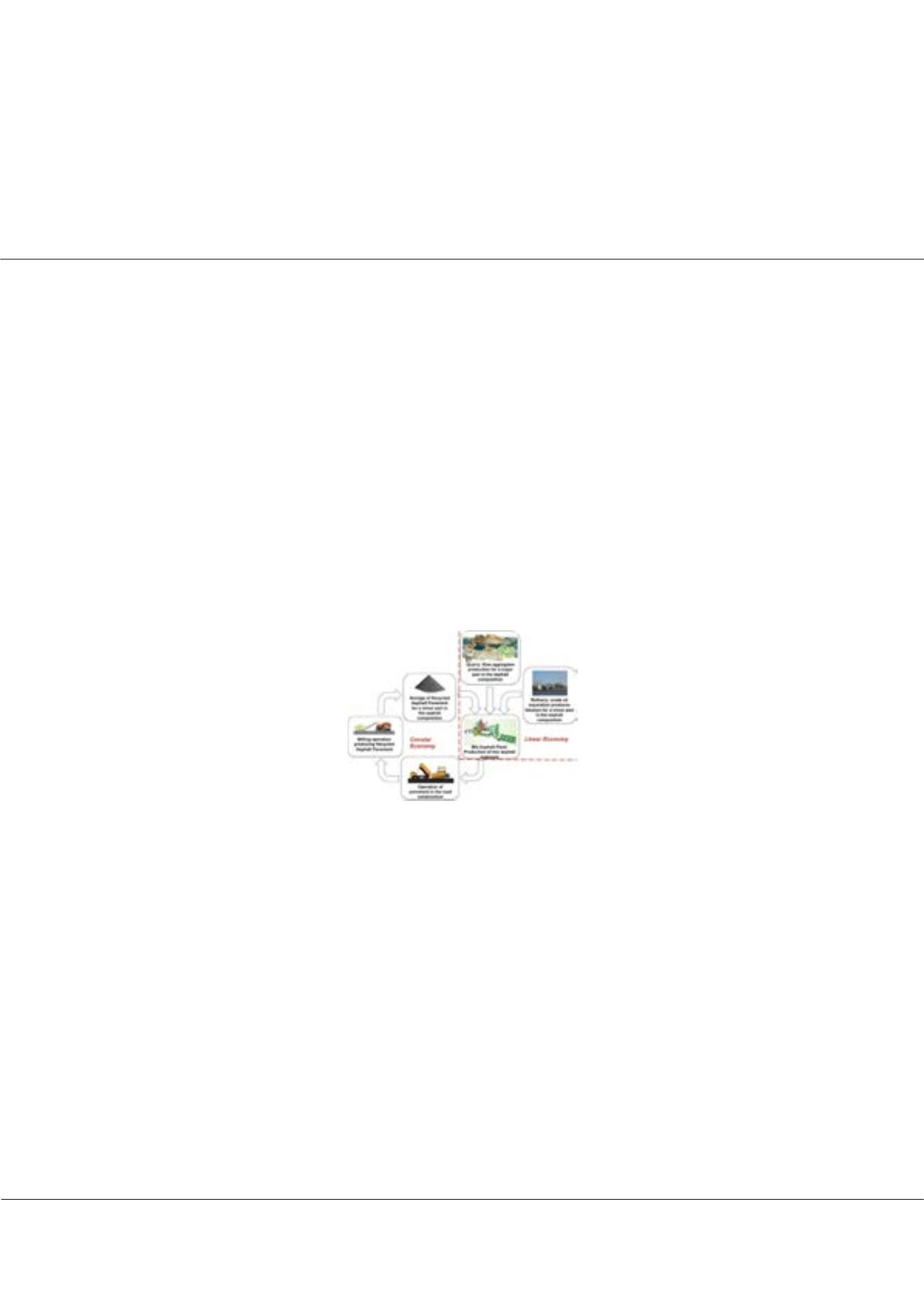

Page 69
conferenceseries
.com
Volume 8
International Journal of Waste Resources
ISSN: 2252-5211
Recycling Expo 2018
June 25-26, 2018
June 25-26, 2018 | Berlin, Germany
8
th
World Congress and Expo on Recycling
Treatment process of CDW: Promising link to complete circular economy in the civil engineering
Lauredan Le Guen
French Institute of Science and Technology for Transport, France
A
mong the many environmental interactions with human activities, the construction and building materials (bricks,
plaster, asphalt or cement concrete, clay materials and slurry) are recognized as a no negligible source of pressure on the
environment. It is defined as the product of the linear economy, that is, an economy that digs resources out of the ground (e.g.
rock materials), transforms them into products and buries in the ground, that is, in landfill sites, at the end of the life cycle
of the product. Such an approach is wasteful, for both money and resources. An alternative, the circular economy (“cradle to
cradle”), consists in remanufactured and/or reused materials such as today’s goods become tomorrow’s goods. The French
energy transition law claims that by 2020, 60% of the building and construction materials will come from recycling also called
construction and demolition waste (CDW). The process evolution of the construction waste management can be considered
as one of the large challenge for the civil engineering community leading to several scientific issues to overcome. Currently,
the plant used for the CDW treatment manufactures products for a “low cost” valorization because of the standards and the
customers’ consideration and the economical concurrency. The adaptation and the modification of these plants are necessary
in order to target the manufacturing of product to a high value valorization. Based on some recent studies, the perspectives of
this new strategy seems to be promising.
Figure 1:
The circular economy applied to the road pavement fabrication
Recent Publications
1. Huchet F, Le Guen L, Richard P, Piton M, Cazacliu B, Semelle P, Matheus J, Riche H and Tamagny P (2018) Influence of
the asphalt composition upon the thermodynamics performance of a mixing plant. RoadMaterials and Pavement Design
19:104-119.
2. Neto R O, Gastineau P, Cazacliu B G, Le Guen L, Sebben Paranhos R and Petter C O (2017) An economic analysis of the
processing technologies in CDW recycling platforms. Waste Management 60:277–289.
3. Sampaio C H, Cazacliu B, Miltzarek G L, Huchet F, Le Guen L, Petter C O, Paranhos R, Ambrós W M and Oliveira M
L S (2016) Stratification in air jigs of concrete/brick/gypsum particles. Construction and Building Materials 109:63-72.
4. Le Guen L, Huchet F and Dumoulin J (2014) Wall heat transfer correlation for rotary kilns with secondary air flow and
recycled materials inlet. Experimental Thermal and Fluid Science 54:110-116.
Biography
Lauredan Le Guen received his PhD in Civil Engineering (2012) from Ecole Centrale of Nantes, France. He works as permanent Researcher at the French Institute of
Science and Technology for Transport, Development and Networks (IFSTTAR) from 2012. He participated at one French national research program and one international
research program with the University Federal of Rio Grande do Sul (UFRGS) of Brazil. He supervised several Batchelor’s degree and Master’s students. His scientific
production reaches 9 scientific publications, 1 book chapter and around 10 communications in national and international conferences.
lauredan.leguen@ifsttar.frLauredan Le Guen, Int J Waste Resour 2018, Volume 8
DOI: 10.4172/2252-5211-C1-011
















